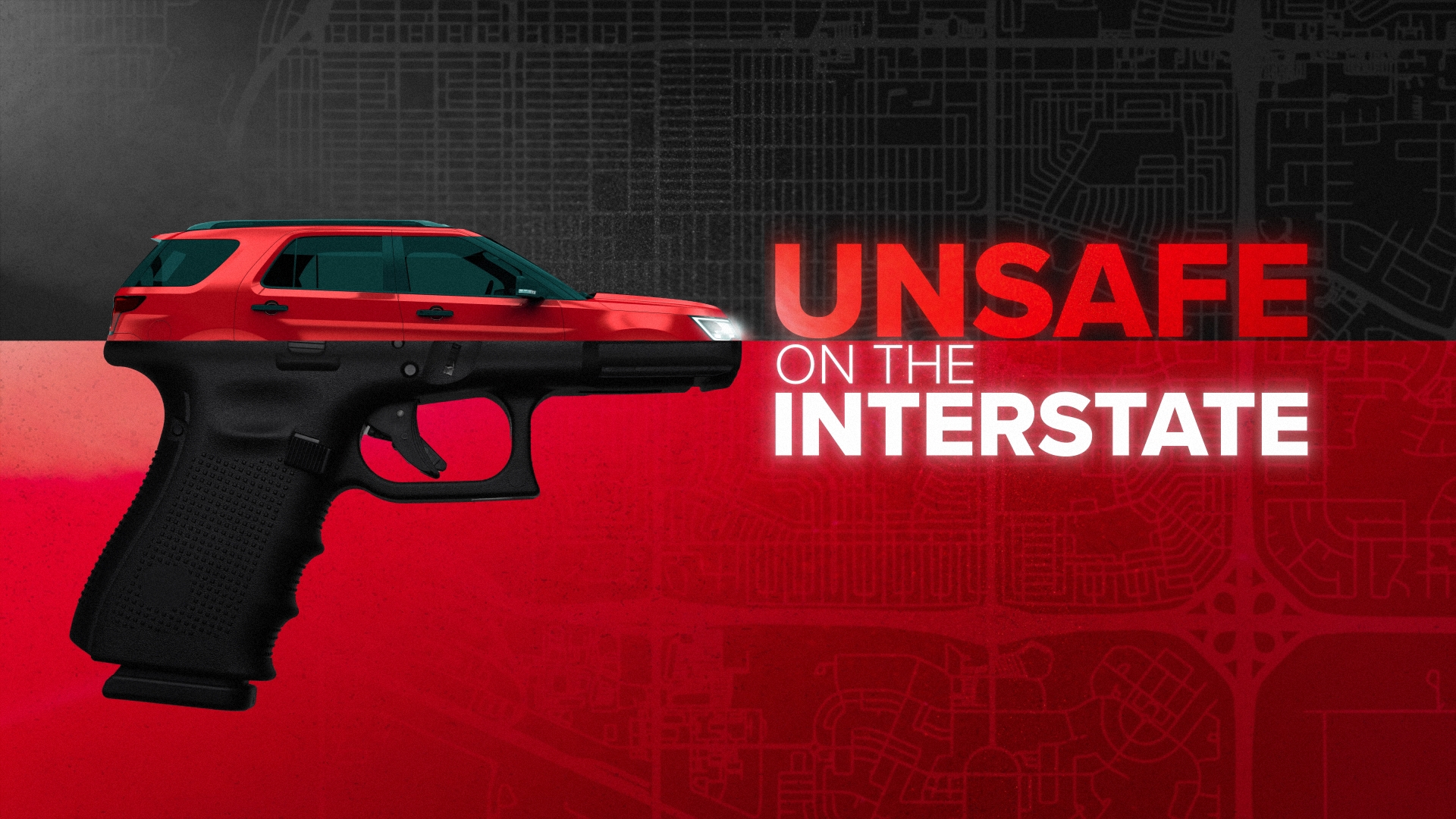SEATTLE — If you find yourself often making erratic decisions behind the wheel because of your emotional state, the American Automobile Association (AAA) and the Washington State Patrol (WSP) have some tips so you can re-focus and avoid the dangers of road rage.
Aggressive driving is extremely common among drivers in the United States, according to the AAA's Foundation for Traffic Safety's data from a 2019 study. Nearly 80% of drivers said they expressed significant anger, aggression, or road rage behind the wheel at least once in the previous 30 days. About 32% of respondents, or 71 million drivers, said they have made rude gestures or honked at other drivers.
This is all to say: You are not alone with your feelings.
But you can work toward identifying what triggers these dangerous habits and how to prevent the perils of road rage with these tips.
How to avoid road rage
The AAA has several tips to prevent aggressive driving habits.
- Become a better driver: AAA recommends using AAADrive on the AAA Mobile app to monitor and score your driving habits and get advice on how you can improve. You can learn about common stressors so you can avoid them.
- Stay considerate of others: Don’t intentionally force another driver to brake or turn in response to something you’ve done.
- Be tolerant and forgiving: Don’t take it personally if the driver of a vehicle is tailgating honking or cutting you off. The other driver may simply be having a bad day.
- Keep your distance: When drivers are agitated, it’s best to stay behind them—they can do less damage to you this way. If you see reckless driving or another cause for alarm, pull off the road or exit the highway to avoid the angry driver.
- Do not respond: Avoid eye contact and gestures, maintain space around your vehicle and call 911 if you believe you’re in danger. Or, drive to a busy place, such as a mall or gas station. Use your horn to get someone’s attention. This usually will discourage an aggressor and help avoid a road rage incident. Don’t get out of your car, and don’t lead an aggressive driver to your home.
The WSP offered more tips to curb dangerous driving habits.
• When entering traffic or changing lanes, make sure that you have enough room.
• Make sure you have established a safe following distance between your vehicle and the one in front of you. For more information, see the Driving safety and accidents page on the DOL Web Site.
• Don’t make aggressive hand gestures to the other drivers when they offend you with their driving.
• Signal when turning or changing lanes.
• Control your anger; remember, it takes two to start a fight.
• Avoid prolonged eye contact with the bad or angry driver.
• Get help. Call police on your cell phone or go to a public telephone or place. Don’t pull to the side of the road.
• Forget about winning. No one wins in a highway crash.
• Put yourself in the other driver’s shoes. They may be driving that way because of an actual emergency!
Aggressive driving vs. road rage. What's the difference?
The National Highway Traffic Safety Administration (NHTSA) said aggressive driving happens when you operate a vehicle that endangers - or is likely to endanger - people or property.
Examples of aggressive driving are:
- Speeding in heavy traffic
- Tailgating
- Cutting in front of another driver and then slowing down
- Running red lights
- Weaving in and out of traffic
- Changing lanes without signaling
- Blocking cars attempting to pass or change lanes
Road rage is an extreme form of aggressive driving, according to the NHTSA. That's when aggressive behavior turns angry and violent, which could escalate to a criminal offense.
Examples of road rage are:
- Cursing and rude or obscene gestures
- Throwing objects
- Ramming
- Sideswiping
- Forcing a driver off the road
Why do drivers get so angry?
According to the AAA, the protection we feel in our cars means we can feel anonymous to other drivers on the road.
Psychologists told the AAA anonymity can lead to drivers having more aggressive behavior.
"That driver in front of you doesn’t know who you are, the thinking goes, so you’re more likely to lay on the horn if he doesn’t move after the light turns," the AAA said in a post on aggressive driving vs. road rage. "When we get mad, we also can feel the urge to teach others a lesson, such as tailgating a slow driver. But focusing on others means that you’re not concentrating on your own driving—and that’s unsafe. This behavior can also lead to car accidents, personal injury or even fatalities. "
The AAA said allowing plenty of time for your trip and listening to soothing music can help reduce the chances of erratic behavior.
The important thing to acknowledge is that you can't control traffic - only your reaction to it.

